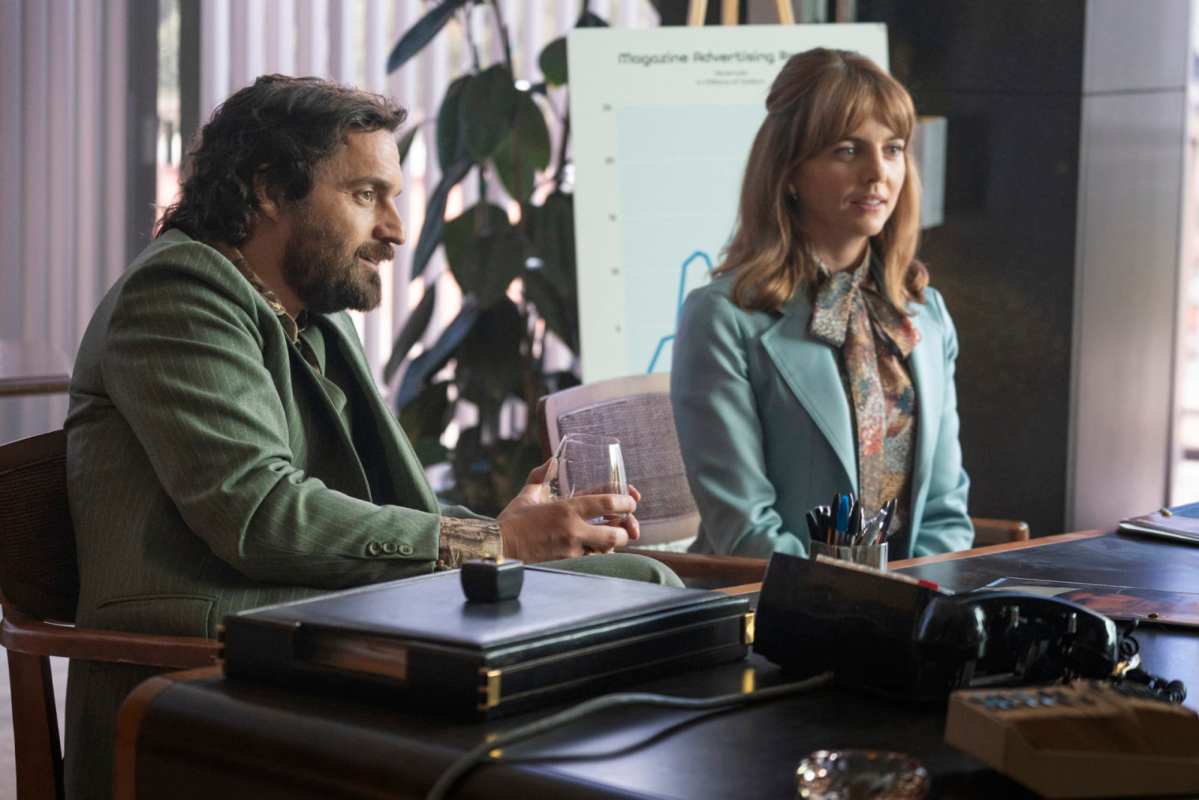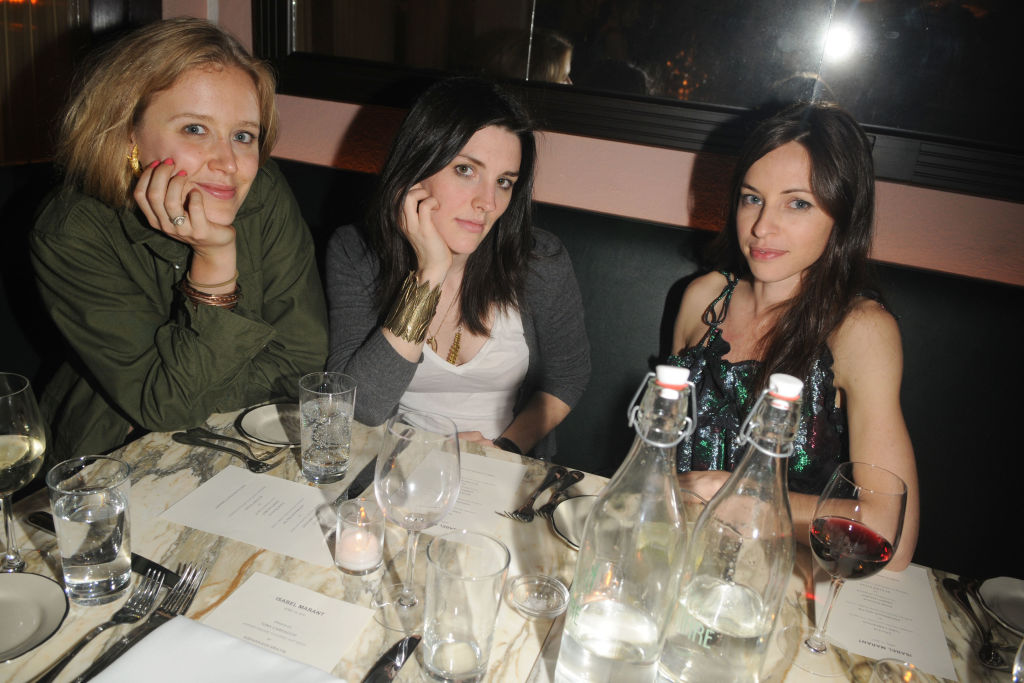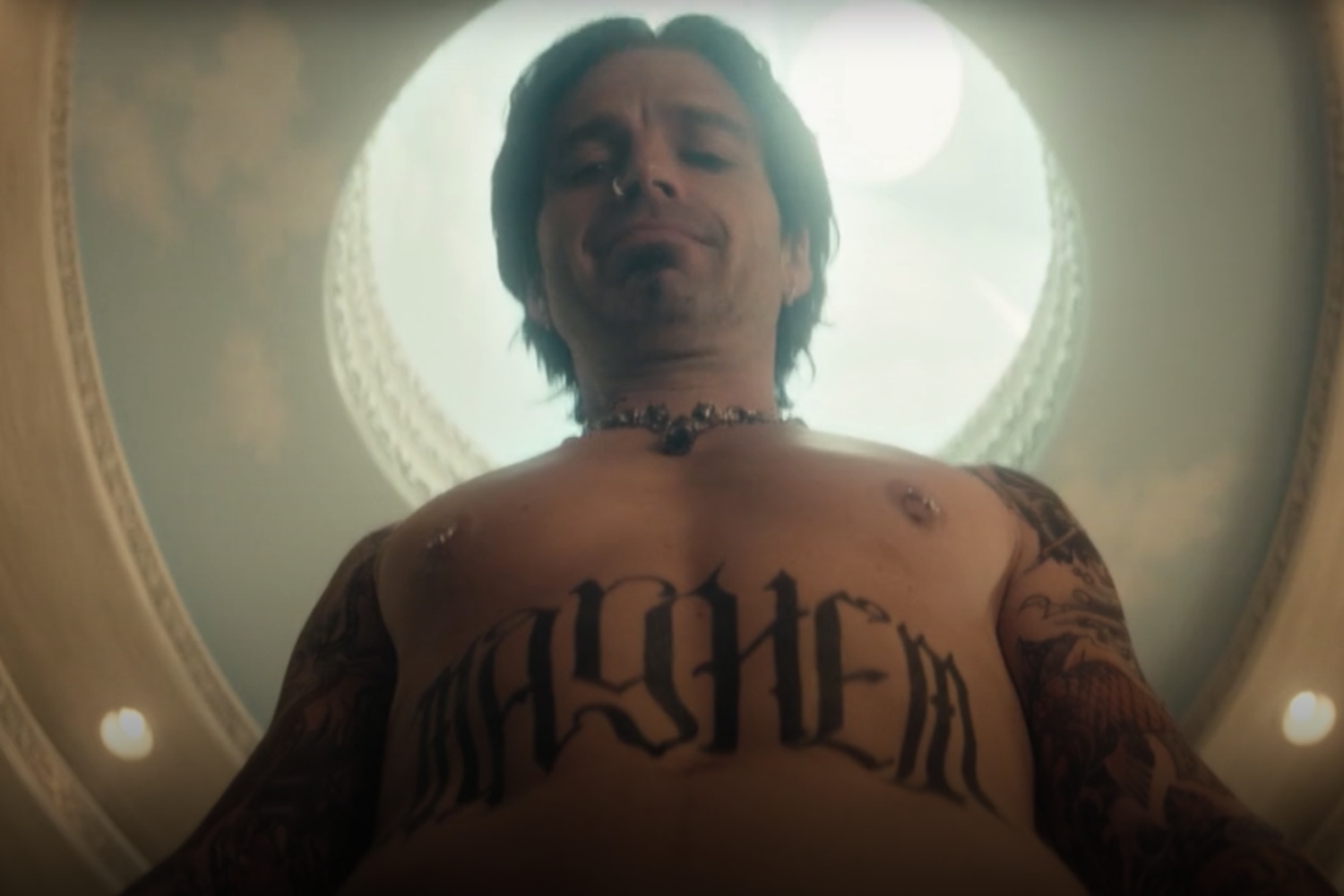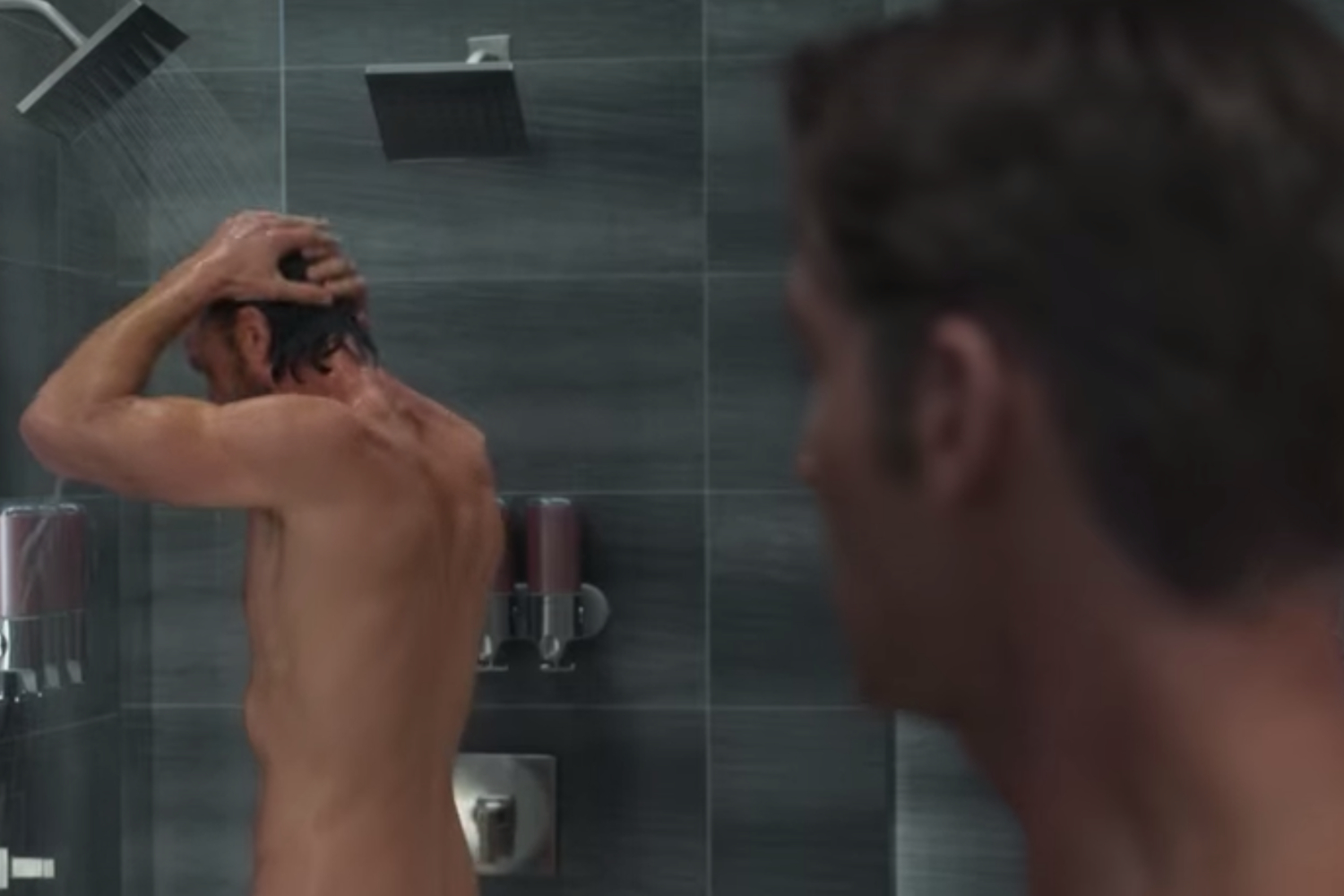Warning: the article contains minor spoilers for the first five episodes of Minx.
For many years, HBO was the go-to network for gratuitous female nudity. From the strippers at the Bada Bing writhing in the background on The Sopranos to the oft-problematic sex scenes on Game of Thrones, unclothed women were never in short supply. But until recently, naked men were a much rarer sight onscreen. Full-frontal male nudity is currently having a bit of a moment, on HBO (via shows like Euphoria and the Sex and the City reboot And Just Like That) and elsewhere (Hulu’s Pam & Tommy famously featured an animatronic, talking version of Tommy Lee’s penis). It took decades, but there’s finally a conscious effort on the part of showrunners to even the playing field and cater to the female gaze.
Of course, long before anyone was allowed to be naked on TV, there were print magazines like Playgirl and Viva that were shrewd enough to recognize that women get horny too. But the erotic magazines aimed at women in the 1970s weren’t just a bunch of nude centerfolds. In between the naked photos, there were surprisingly forward-thinking, feminist articles about important issues like birth control and the Equal Rights Amendment.
Nowadays, we all know that sex positivity and feminism go hand in hand, but in 1971 — the year in which HBO’s new comedy Minx is set — the idea that important social commentary could live alongside pictures of dicks in the same publication was a relatively novel one. That imagined disconnect serves as the driving force behind the show, which follows Joyce (Ophelia Lovibond), a feminist who fancies herself a serious journalist but is unable to find a publisher willing to take a chance on a magazine called The Matriarchy Awakens, and Doug (Jake Johnson), a sleazy but charming publisher of an assortment of porno mags who convinces her she needs to “hide the medicine” the same way one might slip a pill into a pet’s food by housing her calls for equality inside the first-ever dirty magazine to cater to women. Thus, Minx (a fictional publication based loosely on Viva and Playgirl) is born, and Joyce and Doug are forced to learn from each other and adapt as they marry the high- and low-brow and navigate the inevitable backlash and misogyny.
The show doesn’t shy away its subject matter, either. (In other words, yes, there are a lot of penises.) “I wanted to do the thing you came for,”creator Ellen Rapaport told The Hollywood Reporter recently. “It felt like a cheat to not have full-frontal male nudity in the pilot, but then we don’t revisit it until episode 104. I didn’t want to be a one-trick pony and have penises flopping around in every episode. The way male nudity is used is really gratuitous and I don’t have problem with that. That’s what Playgirl and Viva were doing. I wanted to go tit for tat so women would be able to see men naked.” The first episode gives Euphoria a run for its money for the most-ever penises in a single scene on TV, shattering that show’s record of 21 with the help of the 35 wangs of all shapes, colors and sizes that appear in a casting-call montage set, naturally, to “Mr. Big Stuff.”
In other words, Minx never takes itself too seriously. It is very much a comedy — and a very good one, at that — and it’s very adept at hiding its medicine. The sexism that Joyce and the other women on the show must deal with is plain as day, but it never feels preachy, and the show isn’t afraid to let its protagonist frequently be the butt of the joke as well, especially as she belatedly comes to realize that sex and feminism aren’t mutually exclusive. At its heart, Minx is simply a workplace sitcom that happens to be set in a workplace with a bunch of naked people in the background. Its formula — two polar opposites meet, butt heads, and eventually grow fond of each other — is just about as old as the sitcom itself. (It must be noted, however, that at least for the first five episodes that were provided to critics in advance, there’s no indication that Joyce and Doug will eventually become anything more than platonic friends and coworkers. Given that this is a show about a woman struggling to be taken seriously in the workplace, not having her fall in love with her boss feels like the right call.)
Overall, it’s an enjoyable ride — so enjoyable, in fact, that it occasionally feels too good to be true. This is, of course, fiction written through a modern lens, and at times it feels a bit like wish fulfillment. Would a woman in the 1970s who’s desperate to find advertisers for the first issue of her feminist-leaning smut rag really feel comfortable punching a potential investor in the face and announcing to an entire country club that he groped her when she was just 12 years old, as Joyce does? Would Doug really walk away unscathed after calling out the mafia guys he does business with on their casual racism? Having Joyce say something like “There are power dynamics in our relationship, and those dynamics make issues of consent complicated” to her cover-model-turned-hookup, the dim but affable fireman Shane (Taylor Zakhar Perez), after she realizes that women are just as capable of exploiting men makes sense in a post-Me Too world, but it feels rather unlikely in 1971.
Perhaps there’s no better embodiment of the show as a whole than the scene that closes out its fourth episode, when Shane, fresh off a crash course in feminist theory from Joyce, shrugs off his coworkers’ taunts in the firehouse shower. The other firemen have found out about his nude modeling gig, and they let him know in no uncertain terms that subjecting himself to the female gaze like that makes him soft in their eyes. Instead of being affected by them at all, Shane informs them they’re “victims of something called the patriarchy” (mispronouncing the term, of course) and confidently struts away naked, his giant dong flopping around in slow motion as he smiles and assures them that “Some day you’ll understand.” (After all, what is BDE if not having the confidence in your own manhood to reject any performative displays of toxic masculinity?) Is it funny? Absolutely. Is it fantasy? Sure, probably. Men standing up to their peers and calling out their sexism is something that remains all too rare to this day. At times, it can be tough to not to see Minx as an alternative history. Where would we be now if we’d had more Joyces and Dougs and Shanes in 1971?
We can’t go back and rewrite the past, but we can seek to correct it in the present, and the fact that Minx found its way on the air at all feels like a bit of a miracle, even in 2022.
The first two episodes of Minx premiere on HBO Max on March 17, with two episodes airing each week after that.
This article was featured in the InsideHook newsletter. Sign up now.























